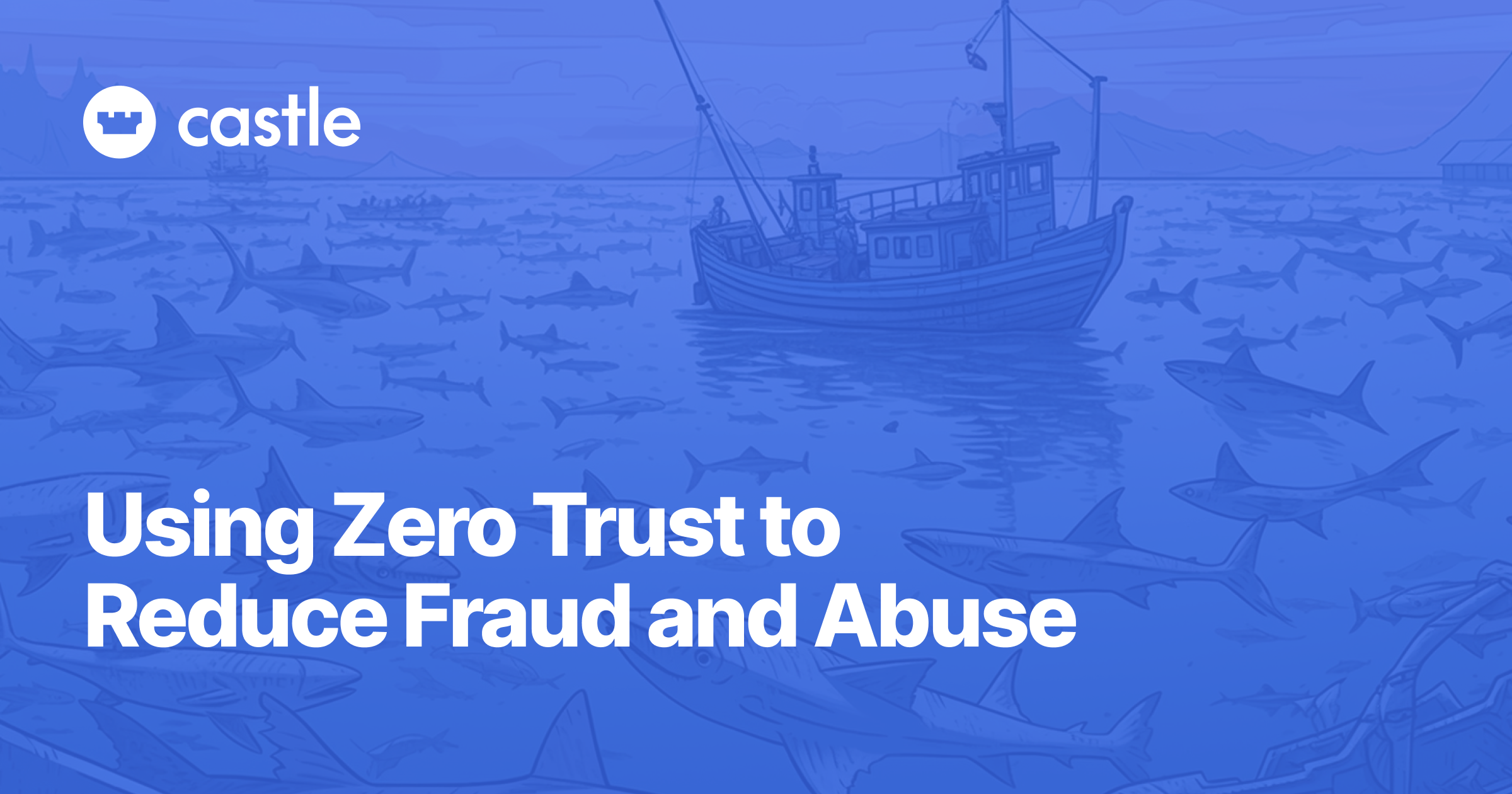
How to authenticate OpenAI Operator requests using HTTP message signatures
Cloudflare recently introduced a new authentication standard, HTTP message signatures, designed to securely verify automated traffic from known bot operators.

Cloudflare recently introduced a new authentication standard, HTTP message signatures, designed to securely verify automated traffic from known bot operators.

This is the second post in our series on AI bots and their impact on fraud and detection systems. In

AI bots, AI scrapers, AI agents—you’ve seen these terms thrown around in product announcements, Hacker News posts, and

At Castle, we’ve increasingly embedded LLMs and tools like Cursor into our research workflows, whether we’re prototyping detection

If you’ve ever visited a site like amiunique.org, browserleaks.com, or pixelscan.net, you’ve probably seen a

CAPTCHAs are the most recognizable anti-bot mechanism on the web. Whether you're logging into a game, signing up

Fake account creation is one of the most persistent forms of online abuse. What used to be a fringe tactic

Credential stuffing remains one of the most scalable and persistent threats on the internet. While defenders have improved at catching

Bots are often used to conduct attacks at scale. They can be used to automatically test stolen credit cards, steal

Are your users annoyed by constantly being hit with CAPTCHAs? Find out what how you can improve the user experience while keeping your site secure

Account sharing is a form of account abuse that needs to be detected with more sophistication than just a one-time check during signup or login. Plus, there's no strict rule on how many accounts are okay to share—it's all up to your service's policies

What does the zero-trust security model look like when it’s applied to online fraud and abuse? In this post, I’ll delve into how concepts from zero-trust can be used to fight fraud and abuse with higher accuracy and less user frustration.